SPEED ON THE SAVANNAH
Duma hukamata, sungura hupata ~ The cheetah catches [the prey], the hare obtains it
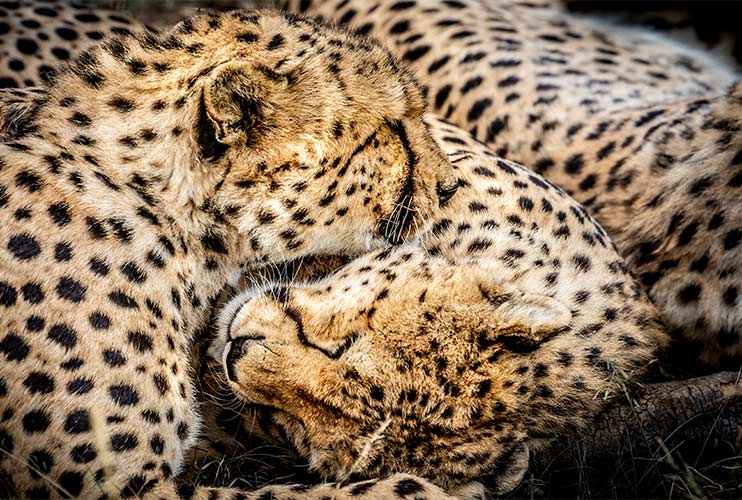
Cuddle buddies at Sala’s Camp
Everyone knows that cheetahs are the fastest land mammal on earth. But did you realise they’re racing against extinction? Over the last hundred years, the world has lost 90% of its cheetahs. Today, an estimated 7,500 remain in the wild. Almost all of these live in sub-Saharan Africa.
Cheetahs are Africa’s most endangered big cat
This World Cheetah Day, we’re raising awareness for this famously spotty and speedy feline and championing the conservation work of the Mara Predator Conservation Programme (MPCP), one of the conservation partners we support through our Footprint foundation. Classified as vulnerable on the IUCN Red List, their declining population is under threat from habitat loss, human-wildlife conflict and illegal poaching for the pet trade.
The collective noun for a group of cheetahs is a coalition
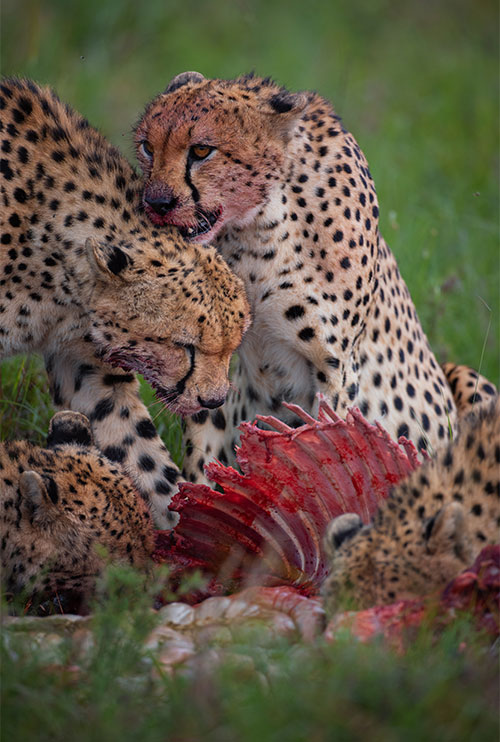
Sharing is caring
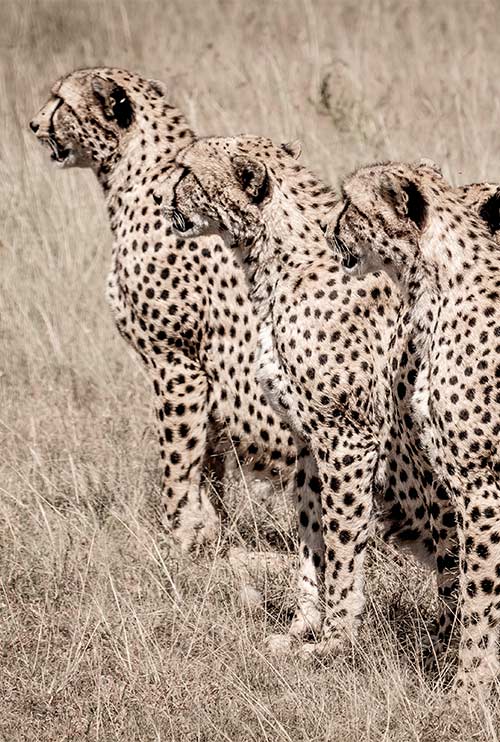
A coalition of curiosity at Sala’s Camp
Through a clever blend of science-based conservation strategies and a dedicated community outreach team, the MPCP are making a difference to cheetahs in the Greater Mara Ecosystem. Our conservation car, stationed at Sala’s Camp, helps in the daily monitoring of cheetahs and other big cats in the southern Masai Mara. As habitats become increasingly fragmented due to human encroachment, conservation efforts like this are vital to the survival of such species.
Cheetahs’ aerodynamic tails are inspiring innovative robotic design
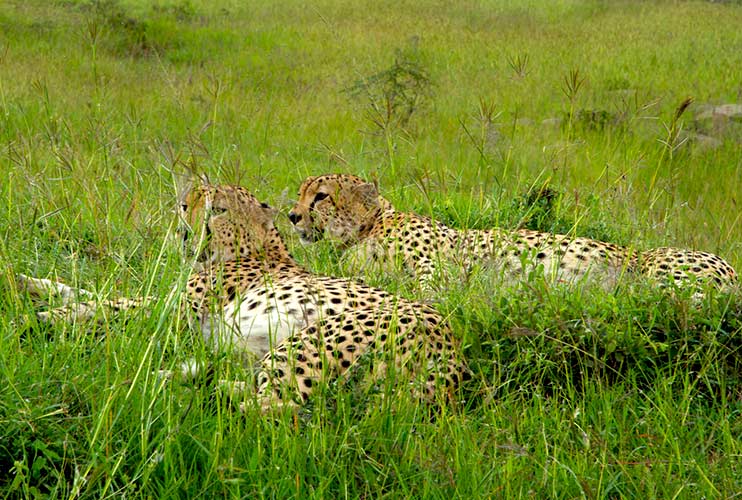
A need for speed, more like a need for rest
Cheetahs are uniquely adapted for speed, enabling them to reach 112 kph in three seconds. A muscular flat tail enables precision balance whilst only comprising 2% of their bodyweight, a design being copied by scientists to aid robot movement. Hard foot pads lined with ridges as well as semi non-retractable claws give them ultimate traction – because of this you can differentiate cheetah tracks from lion and leopard tracks as they are the only ones to leave nail marks. This is where their scientific name, Acinonyx jubatus, comes from, meaning ‘no move claw’ in Greek. With hips that can pivot, extra large heart, lungs and sinuses, and shoulders detached from their collar bone, there’s no end to a cheetah’s speed adaptations. With a stride of six to seven metres in full sprint, they almost look like they’re flying. It’s no wonder they must wait half an hour after a chase before eating their prey, so they can catch their breath!
If you’d like to discover how to help protect these incredible creatures, visit our Footprint foundation. For the chance to witness cheetahs in the wild, book a safari adventure to Sala’s Camp in the Masai Mara.
RELATED NEWS

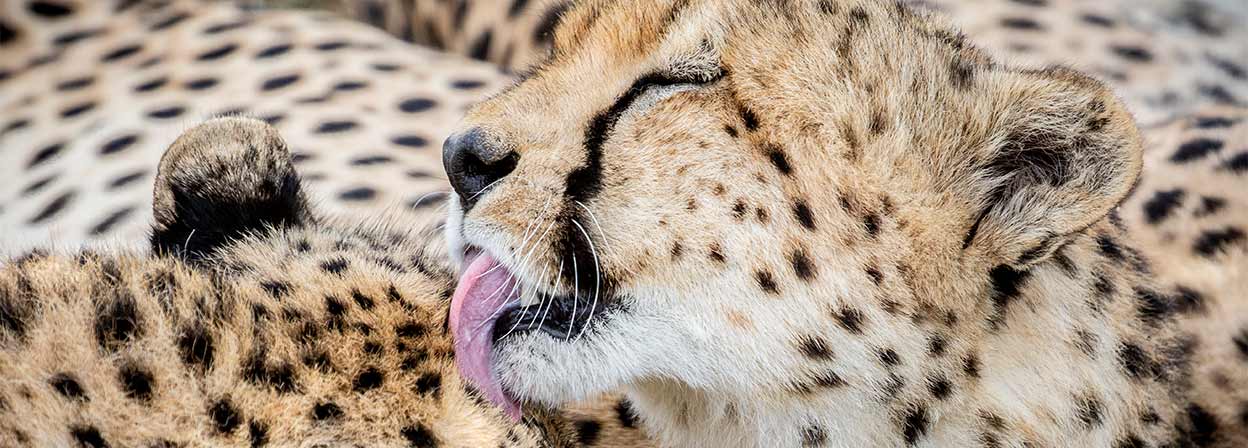
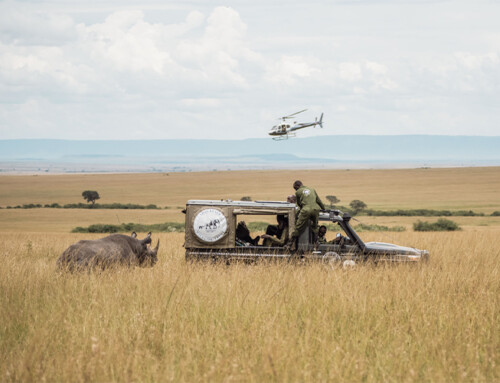

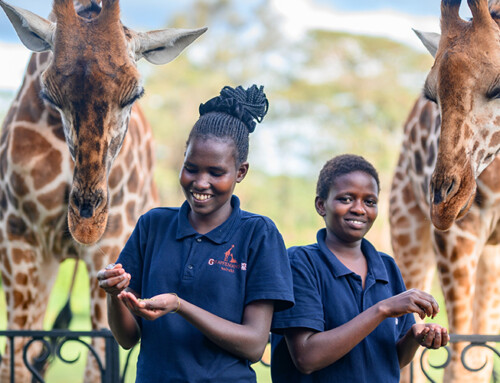
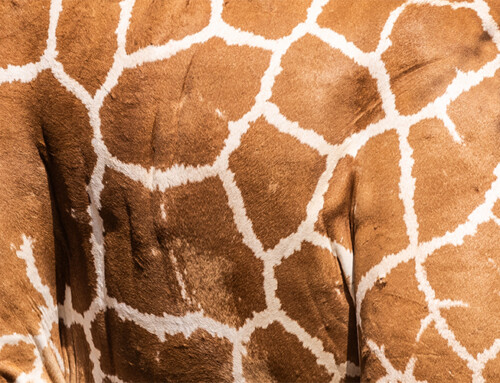
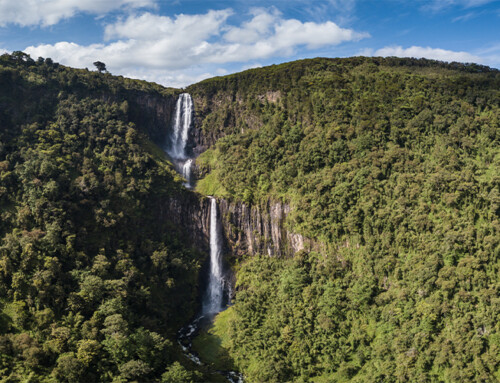
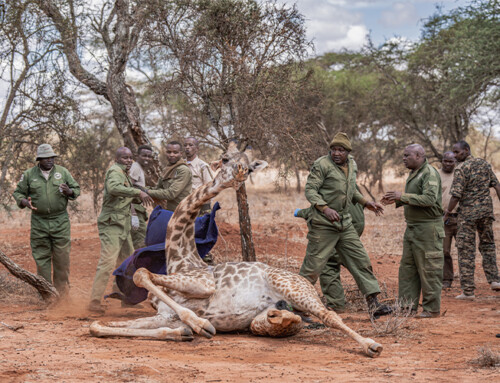








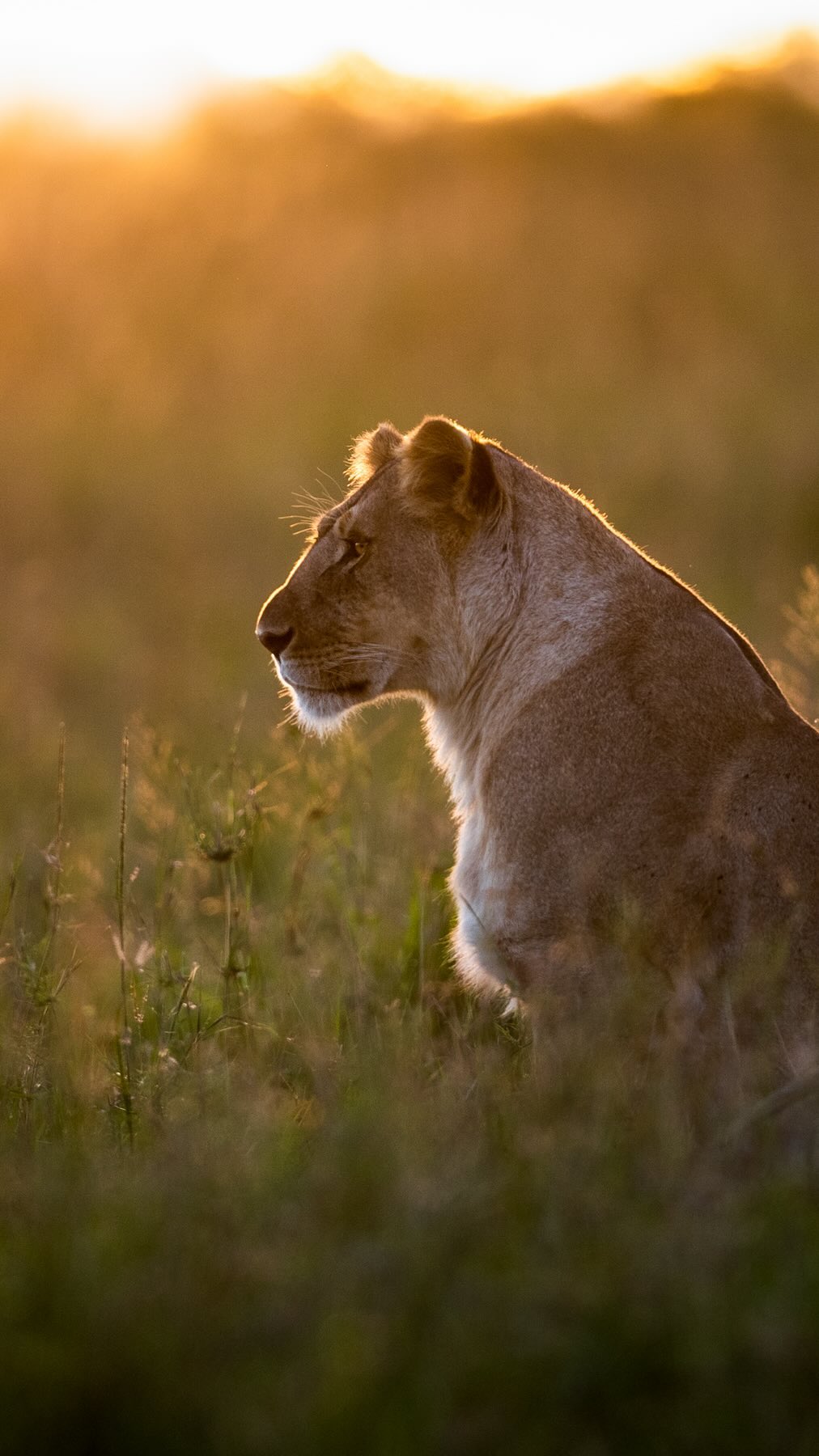

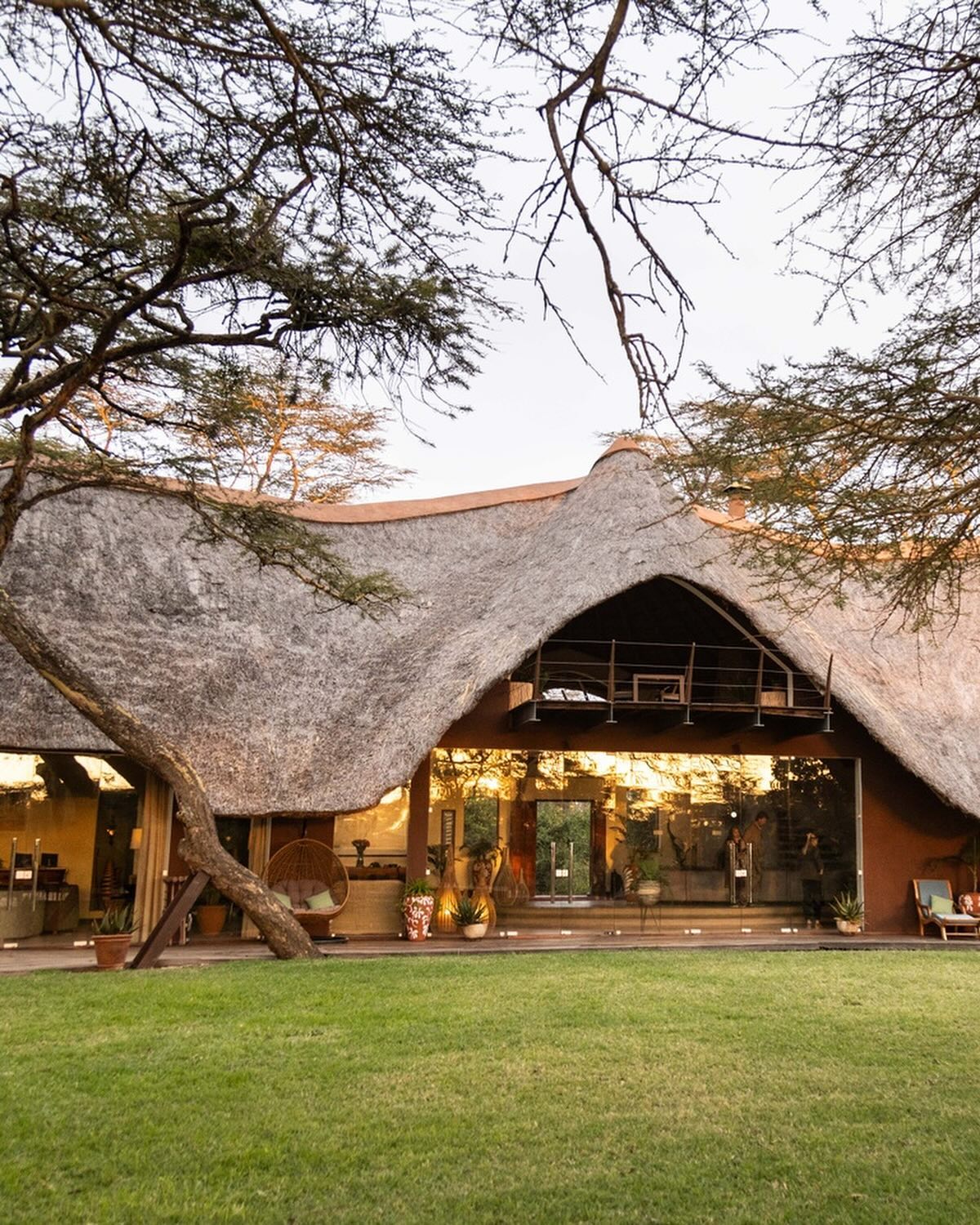
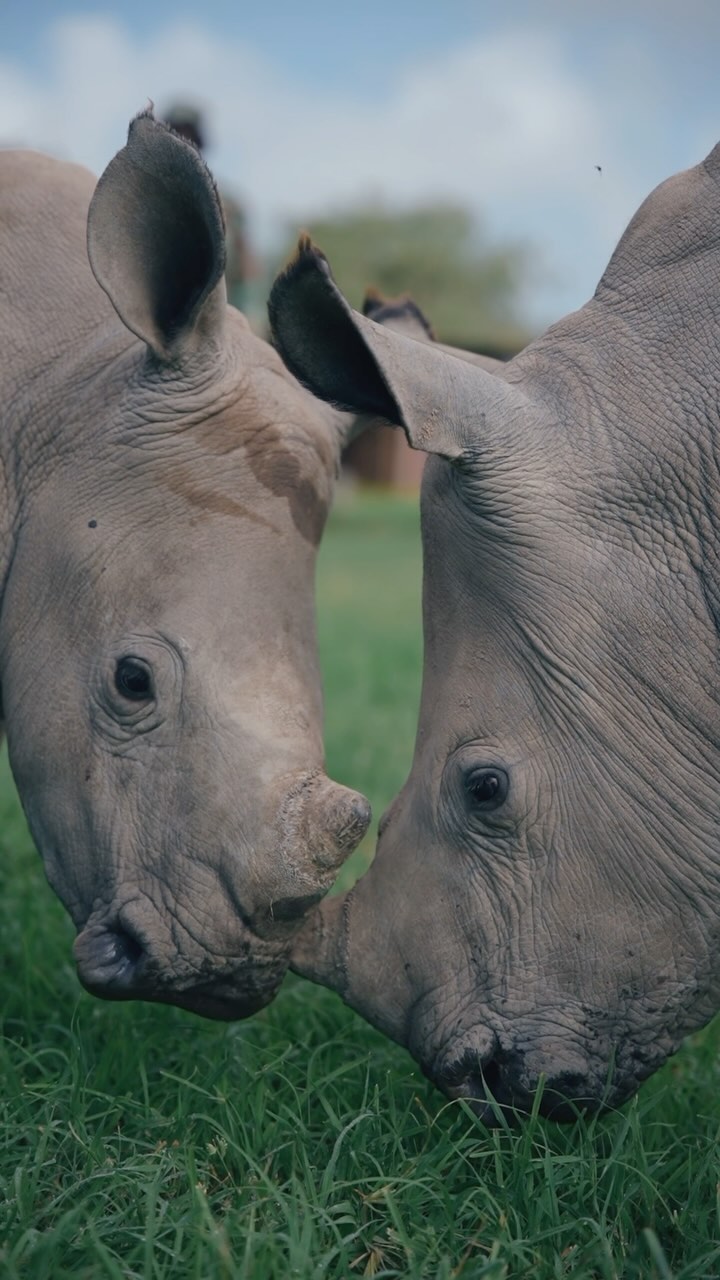
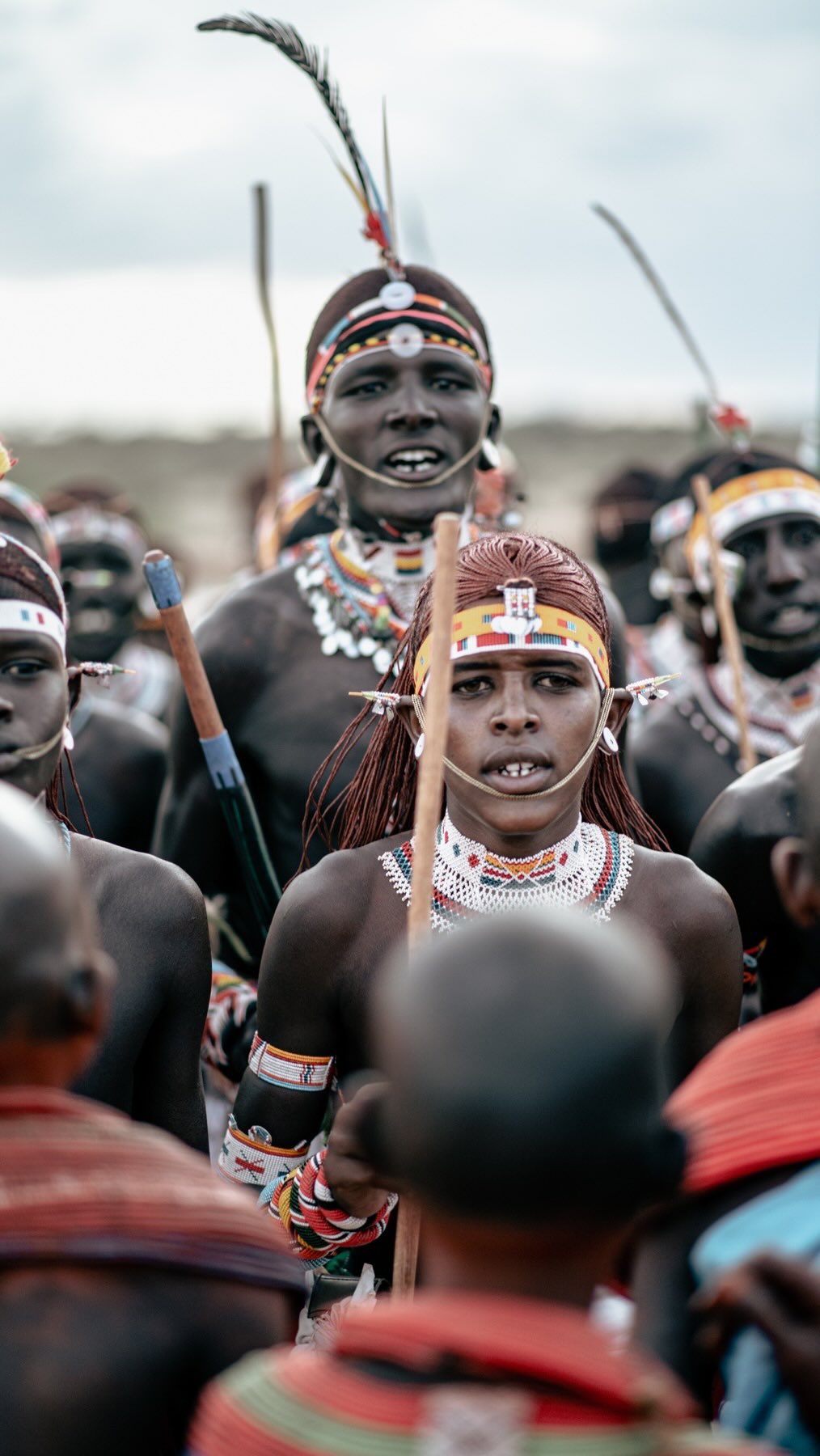
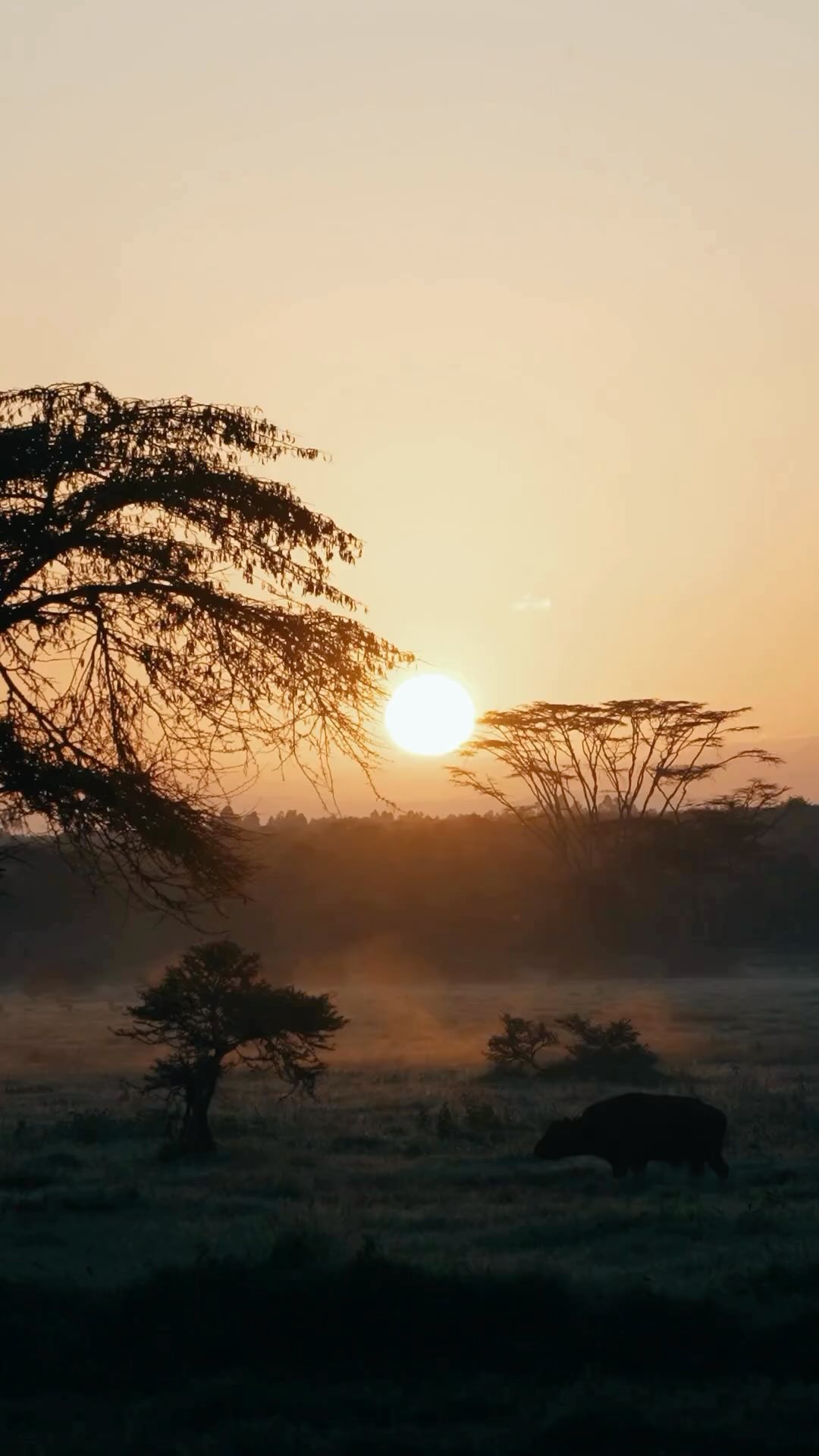
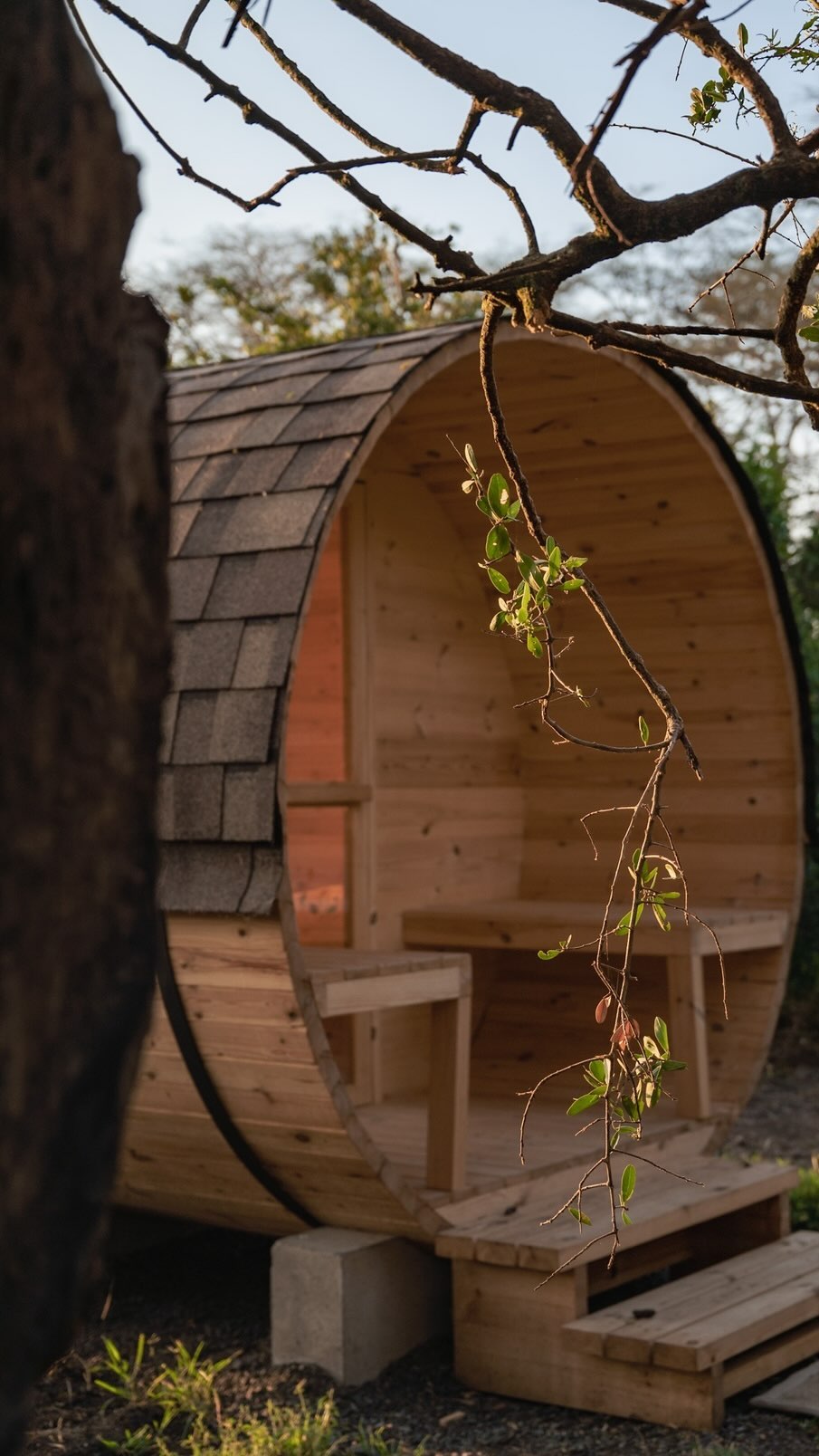

CONNECT & FOLLOW